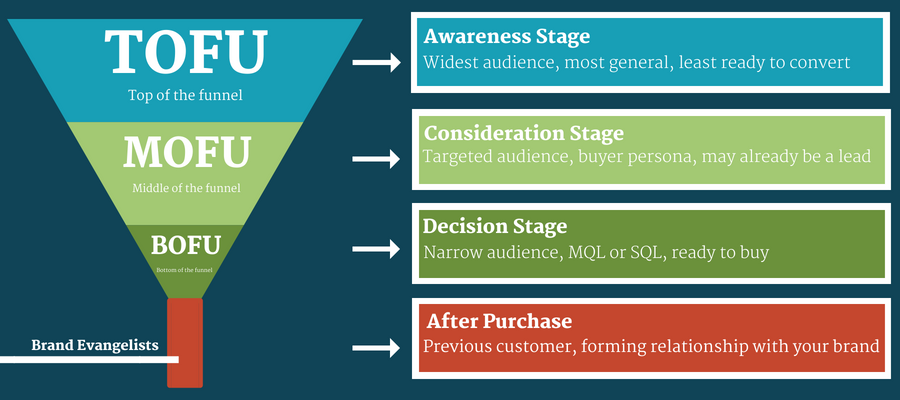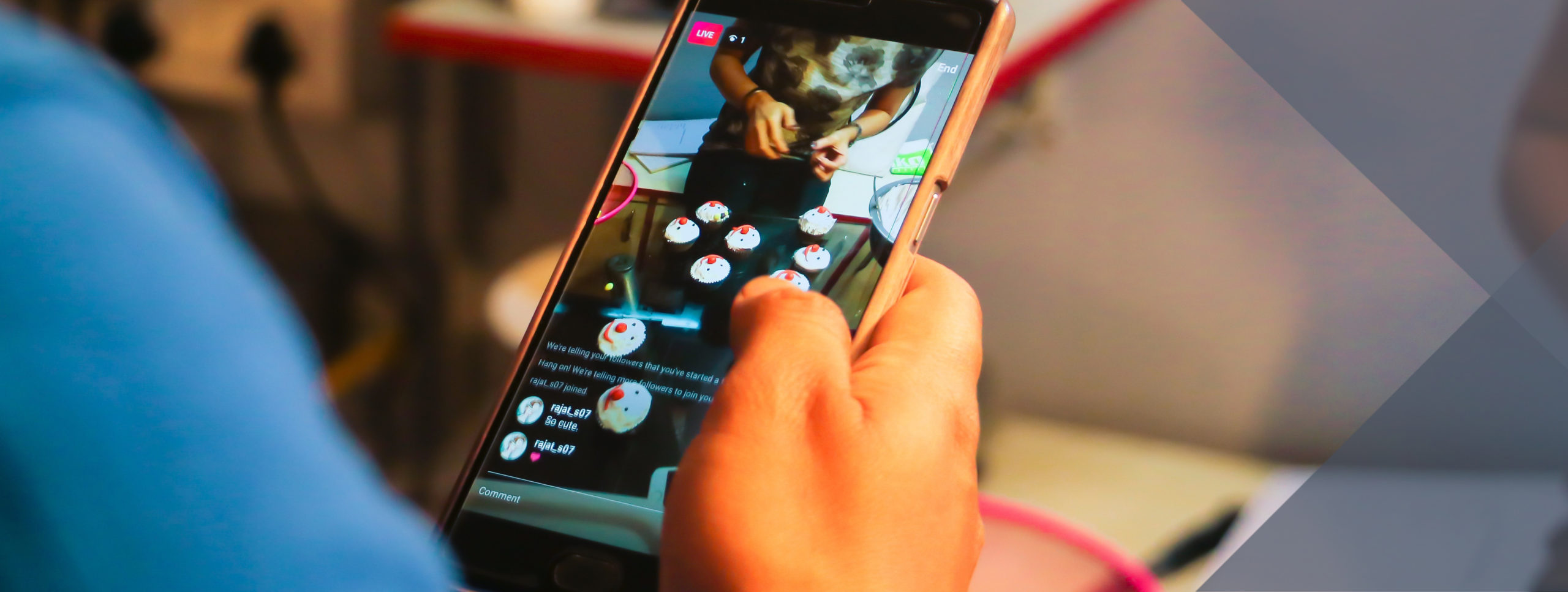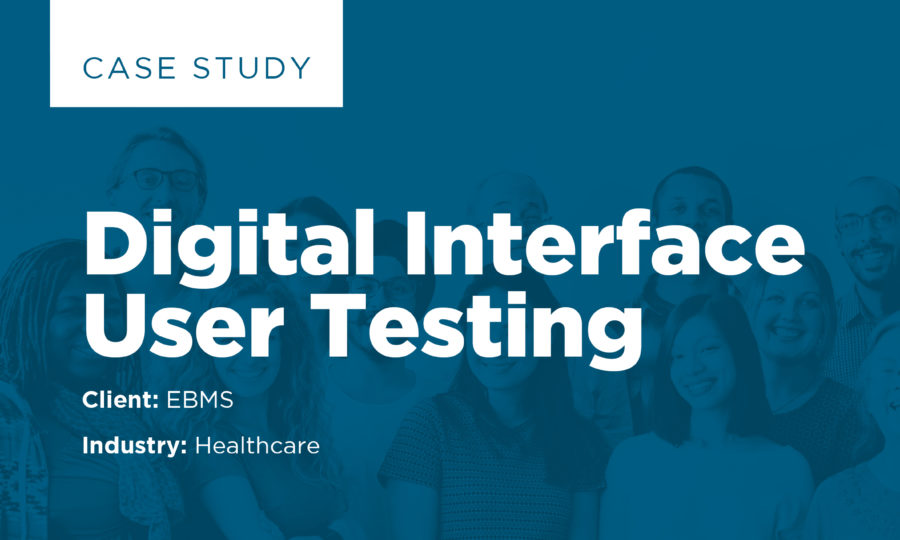Video Yes, But When?
Rob Seas Content Strategist/Copywriter
Video works. And all the trend lines point toward continued growth in the importance of video in marketing. A few stats underscore this point:
- People watch an average of 16 hours of online video per week, a 52% increase in just the last two years.
- 64% of consumers make a purchase after watching branded social videos.
- Video on social media gets 1200% more shares than image and text content combined.
- People retain 95% of video content messages versus 10% of what they read.
- 82% would rather watch live videos than read social media posts.
- Consumers directed to an e-commerce site via user-generated video are 184% more likely to purchase and spend 45% more.
But simply adding video to your marketing arsenal won’t magically transform your efforts and yield the stats above. Yes, it will help, but you’ll get much better results by strategically deploying specific video content types that map to the stages of the marketing funnel.
Before you ever sit down to plan or script a video shoot, you need a content plan in place to nail down the nature of the clips you’ll deploy at each stage of the funnel. Pro tip: use batch production when creating promotional videos. Producing multiple videos during one session streamlines the process and helps keep costs in line. But like any good musician entering the studio to cut an album, the songs should be written and arranged beforehand to avoid wasting valuable studio time.
While the B2B sales funnel is typically longer than the B2C version, the same general rules apply to choosing appropriate content. Below are examples of the types of video content that prove most effective during each stage of the funnel.

Awareness/TOFU
Top of the Funnel is where you need to build awareness of your brand. Potential customers are in the early stages of recognizing a pain point or need and are actively conducting initial research. Video content at this stage can take a number of forms but should be aspirational in nature and aim to foster positive emotions and associations with your brand. Examples of this type of video content include:
- Explainers – These compelling, efficient short-form videos highlight a company’s brand, product, service, or business idea at a high level. They quickly establish a connection with viewers, grabbing their attention within 10-15 seconds.
- Documentary Shorts – These “documercials” tell an interesting, unusual and inspiring story that establishes an indirect connection with your company or brand.
- Entertainers – Well-executed entertainment marketing videos generate brand awareness and positive feelings about your business. Often, these videos employ animation and music.
- Educational/how to – During this stage of the funnel, educational videos that address the pain point or problem that consumers have identified will go a long way toward engaging and driving them to the next stage of the funnel.
Consideration/MOFU
During the Middle of the Funnel, it’s important to nurture the leads developed at the top. You want to turn those initial positive associations into the conviction that your business offers a compelling solution. The types of video content best suited to this stage include:
- Demos – Showing your product or service in action can go a long way toward solidifying the impression that you have the answer. Shining a positive light on your offering will confirm initial positive impressions formed by potential customers.
- Case studies/testimonials – Highlighting the successful implementation of your product or service along with positive outcomes makes a strong case for consumers considering your business. They will identify with the experience of others and develop trust.
- User-generated content – Video content generated by existing customers offers a powerful testimonial for your brand that builds excitement and affiliation. They’re not only offering an implicit endorsement of your product, they’re showing everything you can do with it. Think GoPro.
Decision/BOFU
By the time they reach the Bottom of the Funnel, potential customers are actively deciding on the right solution for them. Will it be your product or service? To strengthen your case, fill in the gaps and answer any remaining questions. Allay fears and hesitation by showing that you understand their situation and concerns. The video content that works best in this setting includes:
- FAQs – Answering customers’ frequently asked questions in a genuine way shows that your company cares about dealing with questions and builds goodwill. The video format feels like the kind of personal response you’d get in a physical store.
- Instructional – Videos that feature tips, tricks and hacks associated with your product or service will get potential customers excited and interested in taking the next step so that they can put them in action.
- Before/after – Where appropriate, this type of video content is a testimonial of sorts that shows the magic of your solution in action.
Retention
The other BOFU, Beyond the Funnel, is an important stage where video can help you retain loyal customers after the sale. Video content here can include:
- Thank yous – Show your appreciation to customers at this stage and they are far more likely to remain loyal and even advocate for your brand.
- Instructional – Those same tips, tricks and hacks noted above are especially helpful to existing customers, who will be reassured by the continued product support.
- New products/features – Keep customers in the loop about everything that’s going on with your products and services. Selling to existing customers is far more profitable than selling to new prospects. They’re already on your side.
Maximize your use of video by planning carefully how this powerful marketing tool fits into your broader strategy. Including video in your content marketing strategy throughout the sales funnel is an effective way to speed the journey of leads toward conversion.
Rob Seas
Content Strategist/Copywriter
It all began with a father-son fly-fishing trip at 16 years old, and Rob was hooked on Montana. Growing up in Annapolis, Maryland, it took a little while for him to make his way here for good. But in the meantime, he graduated from Syracuse University with a degree in Magazine Journalism, held a variety of editorial positions across the country and worked as a freelance web developer for companies large and small, ranging from startups to international corporations like Visa, The Nature Conservancy, and Levi Strauss & Co.
He still loves to fish – and hunt, work magic in the kitchen… and he’s an artist. All of this experience, worldliness and creativity means that Rob is an incredible Kinetic talent and invaluable asset to the team and our clients.
Read more about Rob


